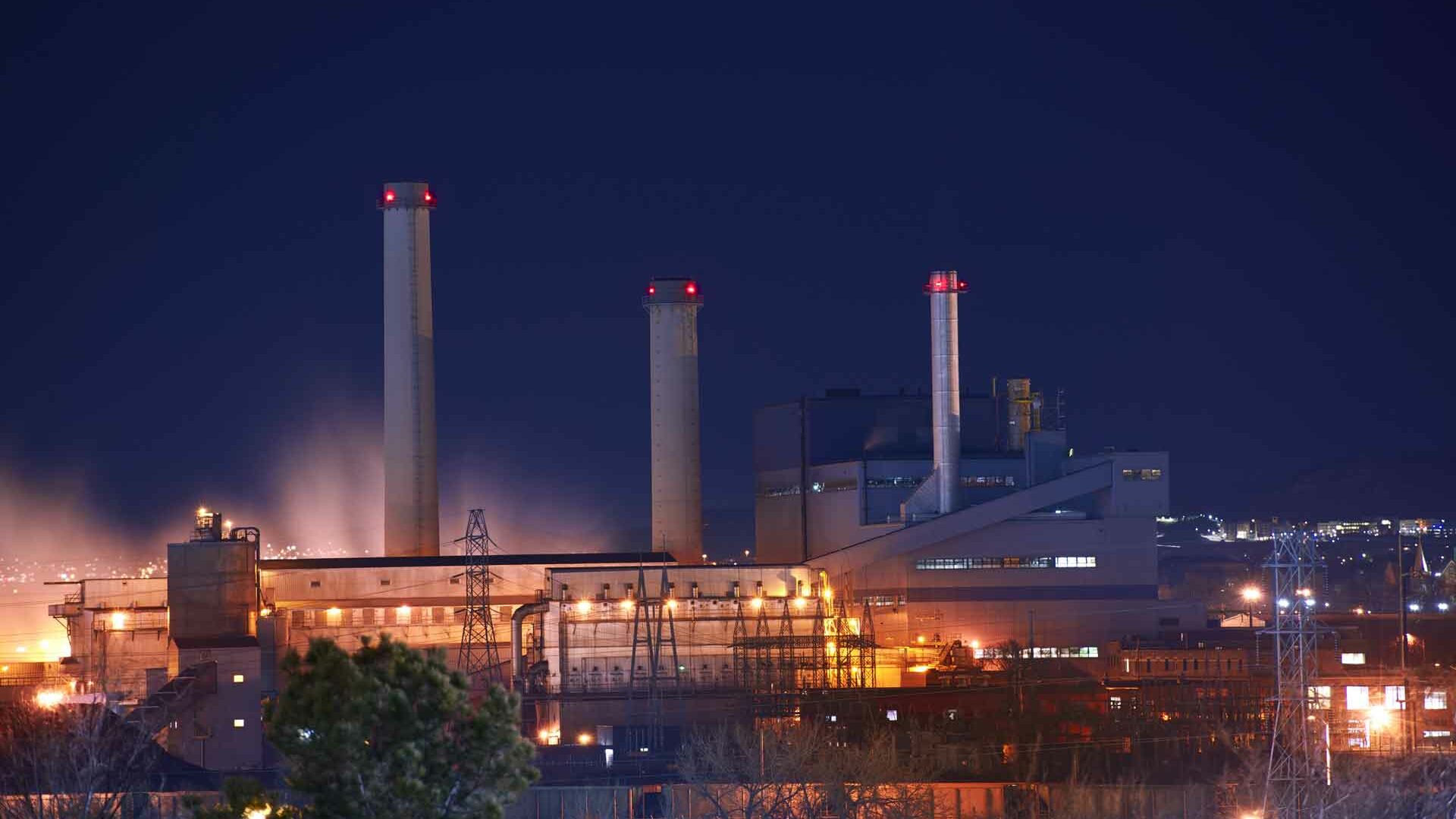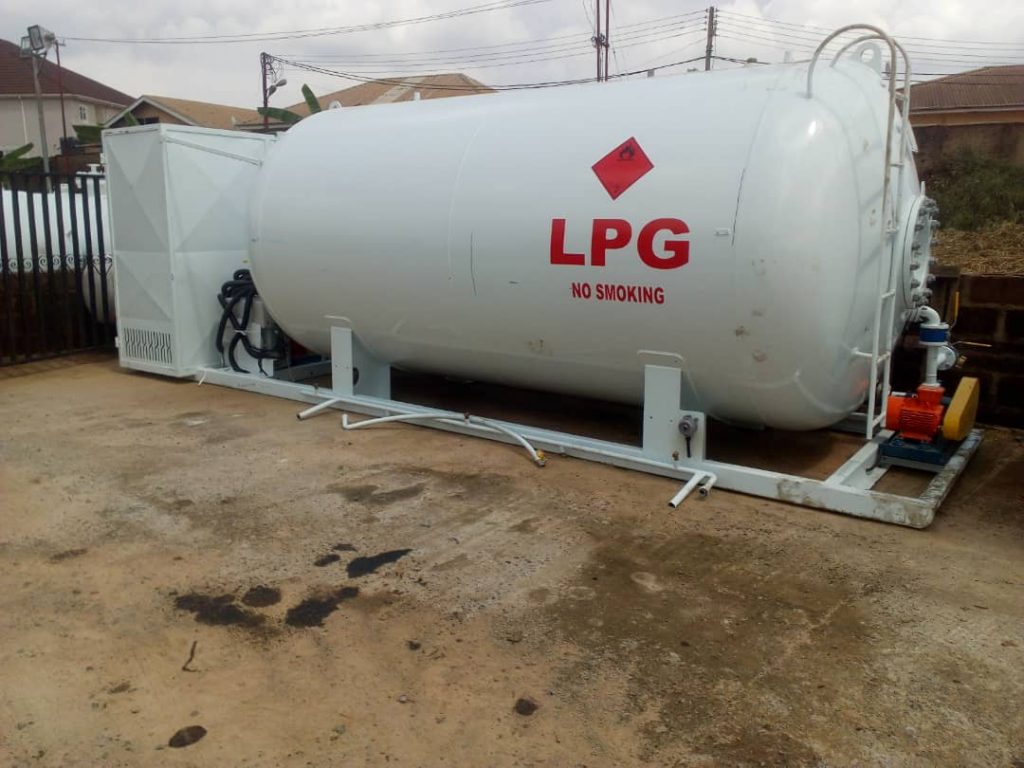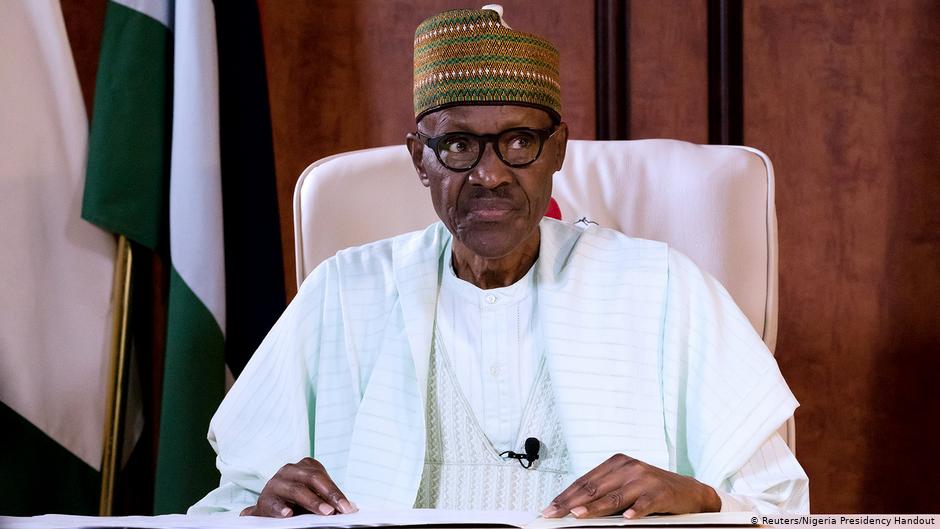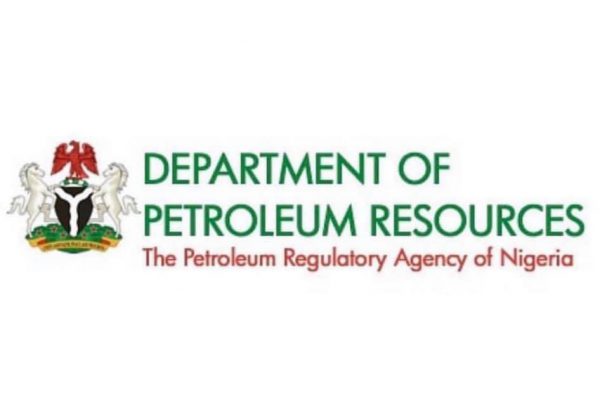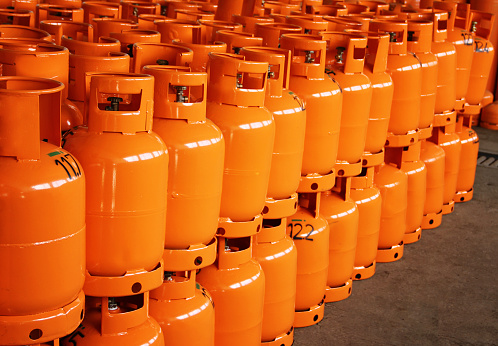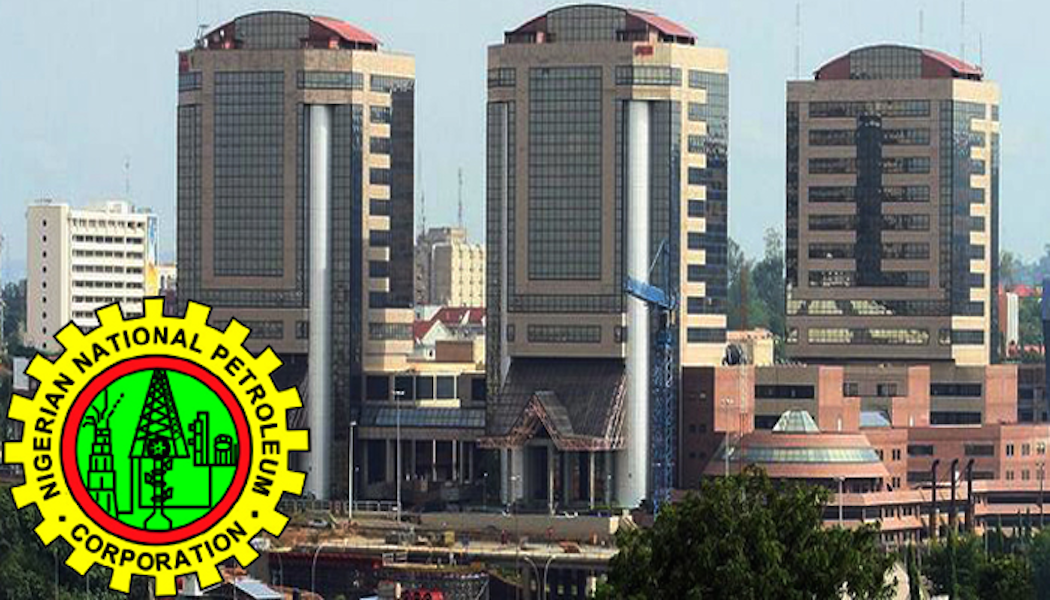The noticeable increase in cooking gas prices has raised questions and eyebrows from many retailers and end consumers. The recent increase is considered the highest that Nigeria has experienced thus far at the depot and retail side of the business. Today, the price for 20 Metric Tons of LPG cost 7.2 million Naira in both Apapa and Delta depots. From the retail side of things, a 12.5kg LPG falls between the price ranges of 5,000 NGN to 6,000 NGN in locations like Owerri, Ogwashi, Port Harcourt, and Calabar. In northern states like Gombe, Jigawa, Katsina, a 12.5kg LPG costs about 5,400 NGN to 5,800 NGN according to the survey from LPG in Nigeria.
Many factors are responsible for this drastic increase in the prices of LPG in Nigeria. One, a look back at the past of LPG prices in Nigeria- 2019 International Butane price (Mont Belvieu) was recorded at 234.4 USD/MT as of July 15 the depot price was 3.1 million Naira for a 20 MT at the depot. The foreign exchange (FX) interbank rate was 360 Naira/USD; the price of 12.kg was about 2,800 NGN. In 2020, post-pandemic, the international butane price (Mont Belvieu) was 238.5USD/MT as of July 15 was 3.7 million NGN for a 20 MT at the depot. The foreign exchange (FX) rate was about 387NGN/USD the price of 12.5kg was about 3,500 NGN. As of today, the international Butane price (Mont Belvieu) is in the range of 570 USD/MT. The depot price is 7.2million NGN for a 20MT at the depot and the foreign exchange (FX) rate is 411 NGN/USD; the price of 12.5kg is about 5,500 NGN.
It is worthy of note that the international Mont Belvieu price for which the supply of LPG is benchmarked in Nigeria is about 60 to 65% of the landing cost of LPG. When freight cost is included it can be up to 85% and more when the black market rate is used as it is currently being used by importers. Aside from this, it is worthy of note that the International LPG prices are unusually high because of the low inventories of LPG in the US- one of the biggest suppliers of LPG in the world. This inventory is a result of certain factors highlighted below:
- Reduction of Oil and Gas production due to unprofitable Shale Oil production and drastic low demand as a result of the pandemic.
- The increase in the demand for LPG by China is due to increased activities in propane in the petrochemical sector where propane is increasingly needed.
- The reduction in LPG export by Russia causing supplier pressure on US inventory
- The reduction in Oil and Gas production by Saudi Aramco is due to the OPEC agreement because LPG is a by-product of Oil and Gas production.
The research of LPG in Nigeria has shown that there is no expected improvement in the supplies which would lead to less stress on prices, until the 2nd quarter of 2022, when production would have improved. A possible break in the price hike may occur around early September. This will however be temporal as the strain on supplies is likely to continue as China continues to build petrochemical plants. Russian concentrates on local demands, OPEC cuts production and the US inventories remain at the same current levels. The year 2023 is perhaps the year when the LPG scarcity and high prices will come to a halt. According to analysts and researchers, this is when pre-covid production levels would return to the US, Russian inventory would be good enough for exports and OPEC production will increase.
The Nigerian Federal Government can help alleviate the pressure by continuing to keep the tax incentives going for LPG and add reduction or temporal removal of duty on LPG equipment. This helps to improve the citizenry and also enable sustainable development through good health and a better standard of living which LPG brings. Conclusively, Oil and Gas prices will not continue at this rate as there is a clamour for positive changes and other means to make sure that the country experiences positive usage of LPG.
This article was sourced from an article by LPG in Nigeria.
